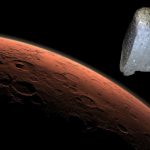Tim Peake: Latest stunning photos and videos from the International Space Station0
- From Around the Web, Space
- October 26, 2016
Tim Peake, one of the residents of the International Space Station, had taken many pictures of his time spent up there. Here is most of those pictures.
















